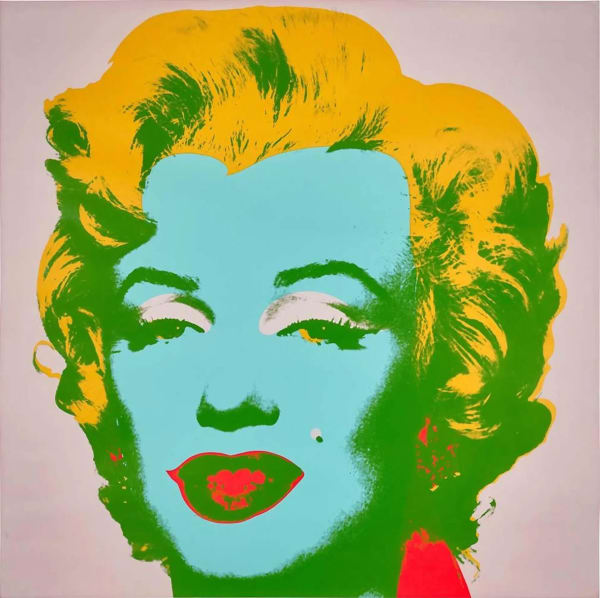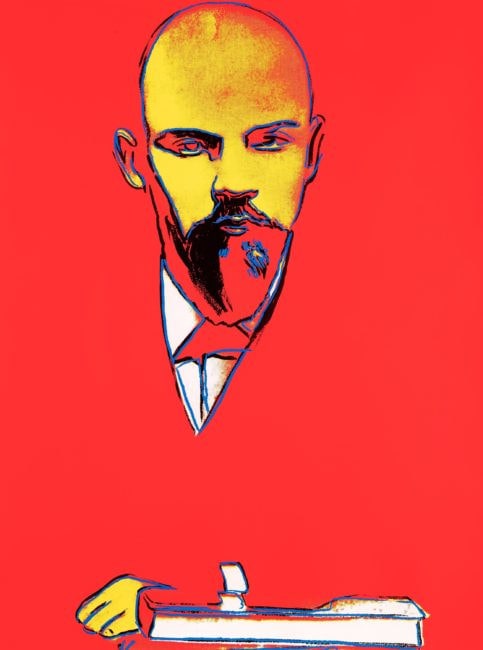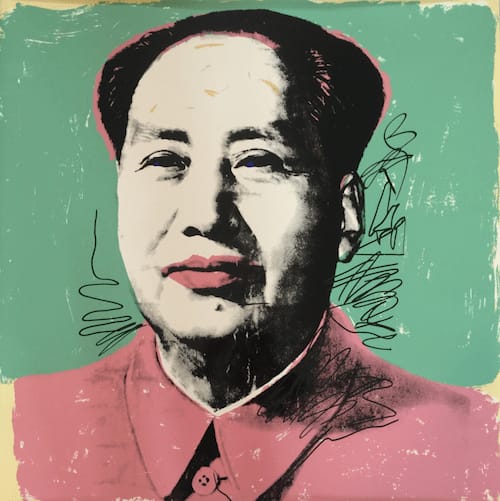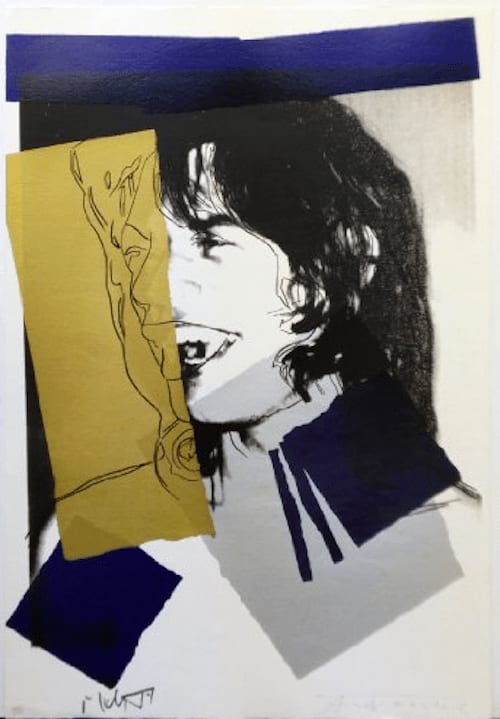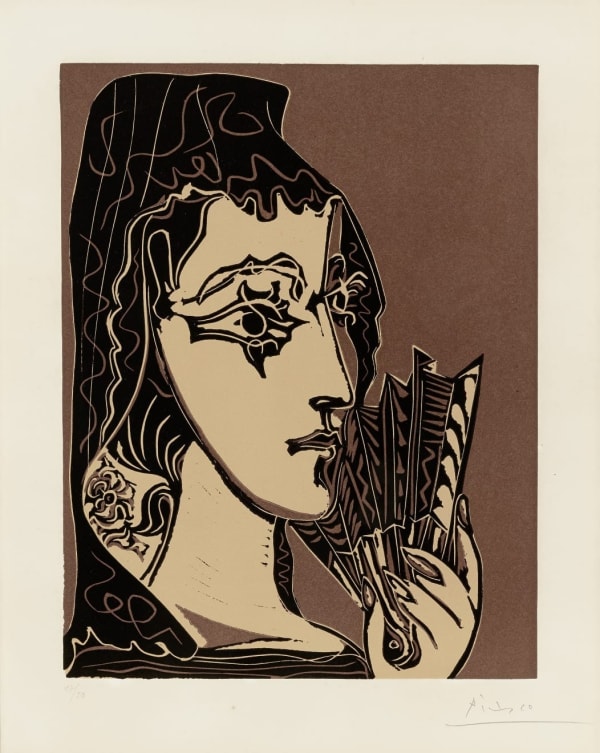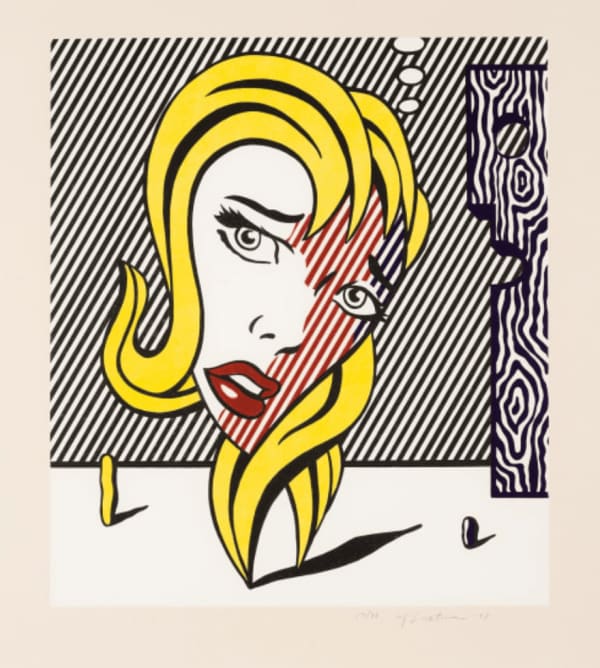Portraiture has always been a foundational pillar of collecting, but in the 20th century it became something even more potent: a vehicle for understanding the shifting relationship between society, celebrity, desire, psychology, and visual culture. For modern and contemporary collectors — from museums anchoring permanent collections to private collectors building long-term holdings — portraits by Pablo Picasso, Andy Warhol, and Roy Lichtenstein form a core narrative of how identity has been depicted, transformed, stylised, and mythologised across successive art movements.
Although radically different in method, temperament, and philosophy, these three artists reshaped the portrait so entirely that their images have become part of global visual memory. Picasso’s Jacqueline, Warhol’s Marilyn Lichtenstein’s Reverie heroine — these are not simply artworks, but emblems of cultural eras. They function simultaneously as images, ideas, and historical markers, which is precisely why their value, both scholarly and market-based, continues to grow.

